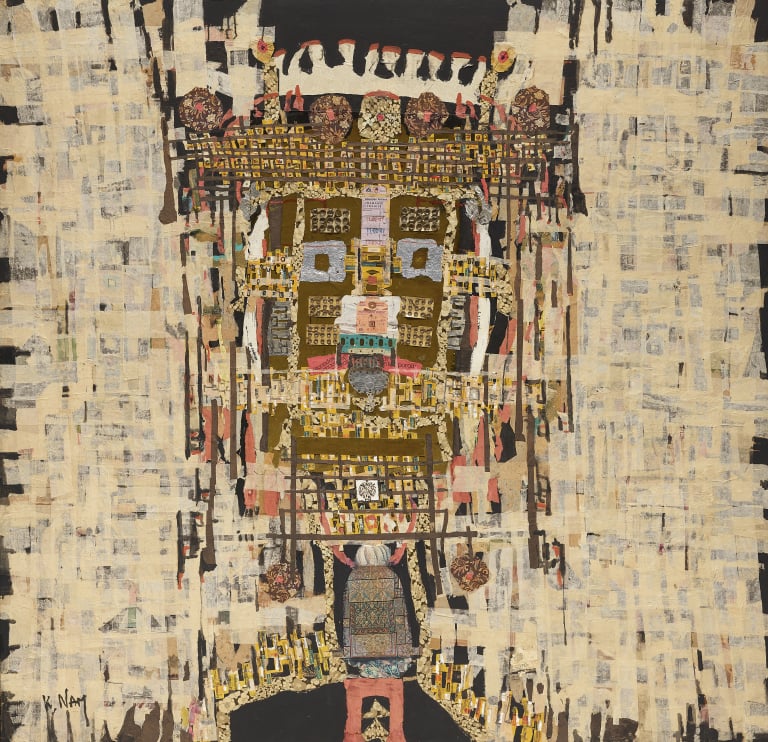
Nam Kwan, Fantasy of Dethroned King, 1979, Oil and paper on panel, 180×177cm. A gift of Nam Kwan, MMCA collection
Nam Kwan
* Source: Multilingual Glossary of Korean Art. Korea Arts Management Service
Related
-
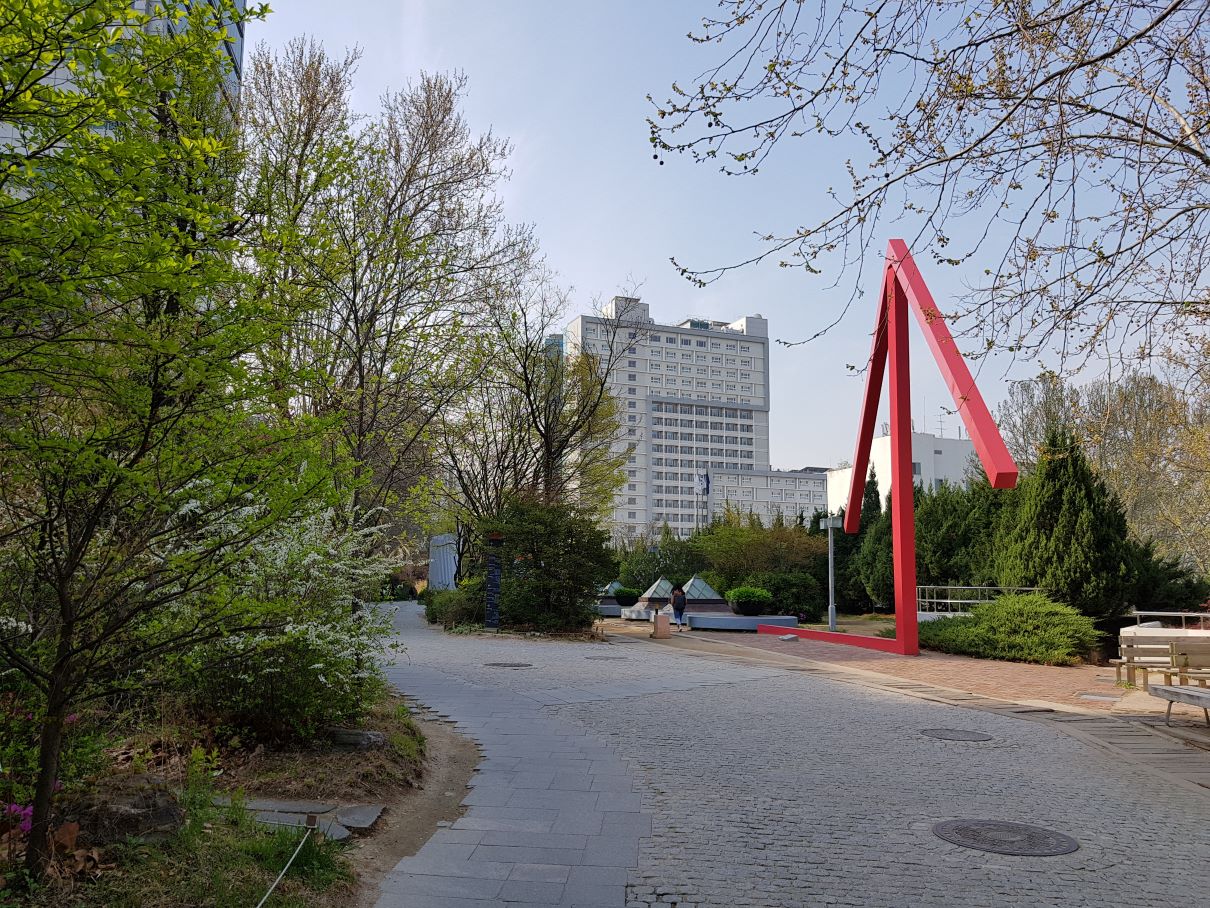
Department of Art at Hongik University
Established in 1949, the Department of Art at Hongik University consists of one art theory department and eleven practice-based departments, including painting, Oriental painting, printmaking, sculpture, woodworking and furniture design, metal art and design, ceramics and glass, textile art and fashion design, visual communication design, and industrial design. In 1955, it moved from Jongro-gu, Seoul to the current location in Sangsu-dong, Mapo-gu, Seoul. The history of the College of Fine Arts can be largely divided into the period of the Department of Fine Arts from 1949 through 1953, the period of the School of Fine Arts from 1954 through 1971, and the period of the College of Fine Arts from 1972 until now. In March 1953, the Department of Fine Arts produced the first six graduates, and in the following year the School of Fine Arts with three departments was established. In December 1971, it was upgraded to a college, which exists up to the present. Several exhibitions organized by its graduates are notable, including the Four Artists Exhibition held in 1956 as the first anti-National Art Exhibition (Daehanminguk misul jeollamhoe or Gukjeon) by the third and fourth classes of graduates and the Union Exhibition of Korean Young Artists held in 1967 by graduates from the 1960s as an effort to realize experimental art.
-
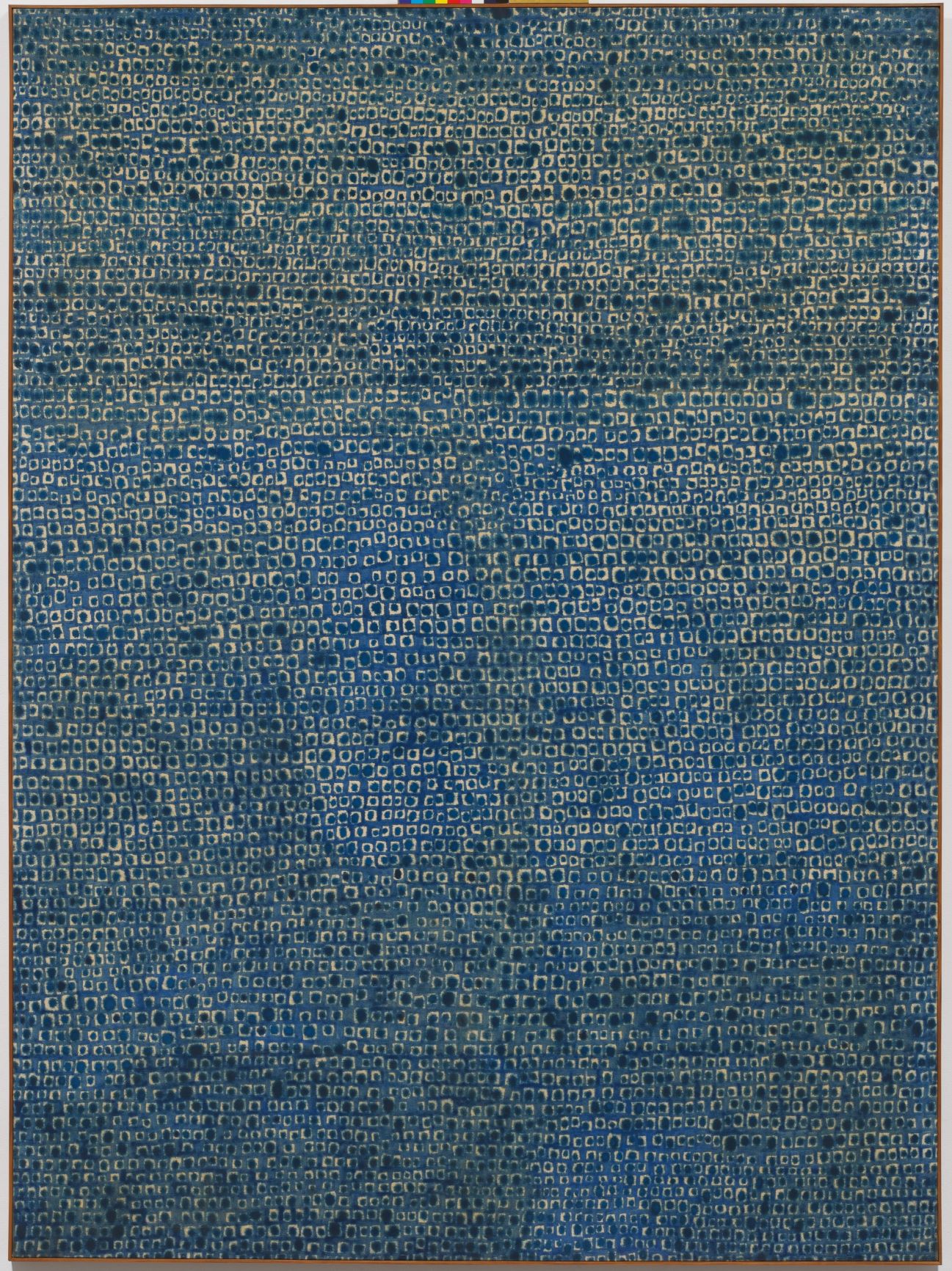
Abstract art
A term which can be used to describe any non-figurative painting or sculpture. Abstract art is also called non-representational art or non-objective art, and throughout the 20th century has constituted an important current in the development of Modernist art. In Korea, Abstract art was first introduced by Kim Whanki and Yoo Youngkuk, students in Japan who had participated in the Free Artists Association and the Avant-Garde Group Exhibition during the late 1930s. These artists, however, had little influence in Korea, and abstract art flourished only after the Korean War. In the 1950s so called “Cubist images,” which separated the object into numerous overlapping shapes, were often described as Abstractionist, but only with the emergence of Informel painting in the late 1950s could the term “abstract” be strictly used to describe the creation of works that did not reference any exterior subject matter. The abstract movements of geometric abstractionism and dansaekhwa dominated the art establishment in Korea in the late-1970s. By the 1980s, however, with the rising interest in the politically focused figurative art of Minjung, abstraction was often criticized as aestheticist, elitist, and Western-centric.
Find More
-
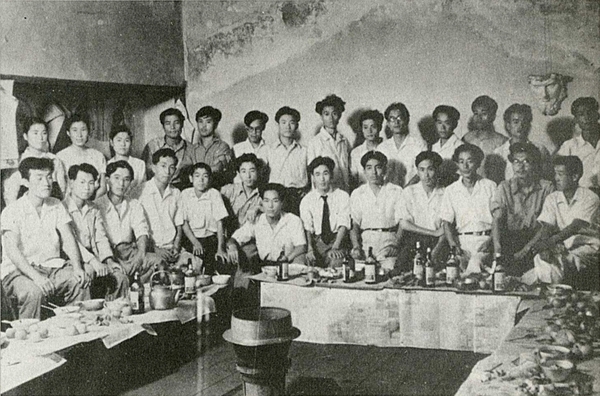
Seongbuk Painting Academy
The Seongbuk Painting Academy is an art research institute founded by Western-style oil painter Lee Qoede in 1947. From 1946 to 1947, the institute was located within a forty-meter square space in Donam-dong rented by Lee Qoede. In 1948, the institute moved to Myeongnyun-dong, where it stayed until 1949. The institute recruited students to teach various subjects including anatomy, art theory, croquis, and figure drawing. Students also participated in Lee Qoede's masterpiece A Crowd series. Kim Suhbohng, Kim Souckchin, Kim Tschang-Yeul, Nam Kyungsuk, Shim Chookcha, Lee Youngeun, Lee Yonghwan, Chang Seongsoun, Jeun Loijin, Jeong Jeonghui were all educated at the institute. In 1950, Lee Qoede co-founded the Seoul City Art Research Institute with Lee Haesung to continue his pedagogical method.
-
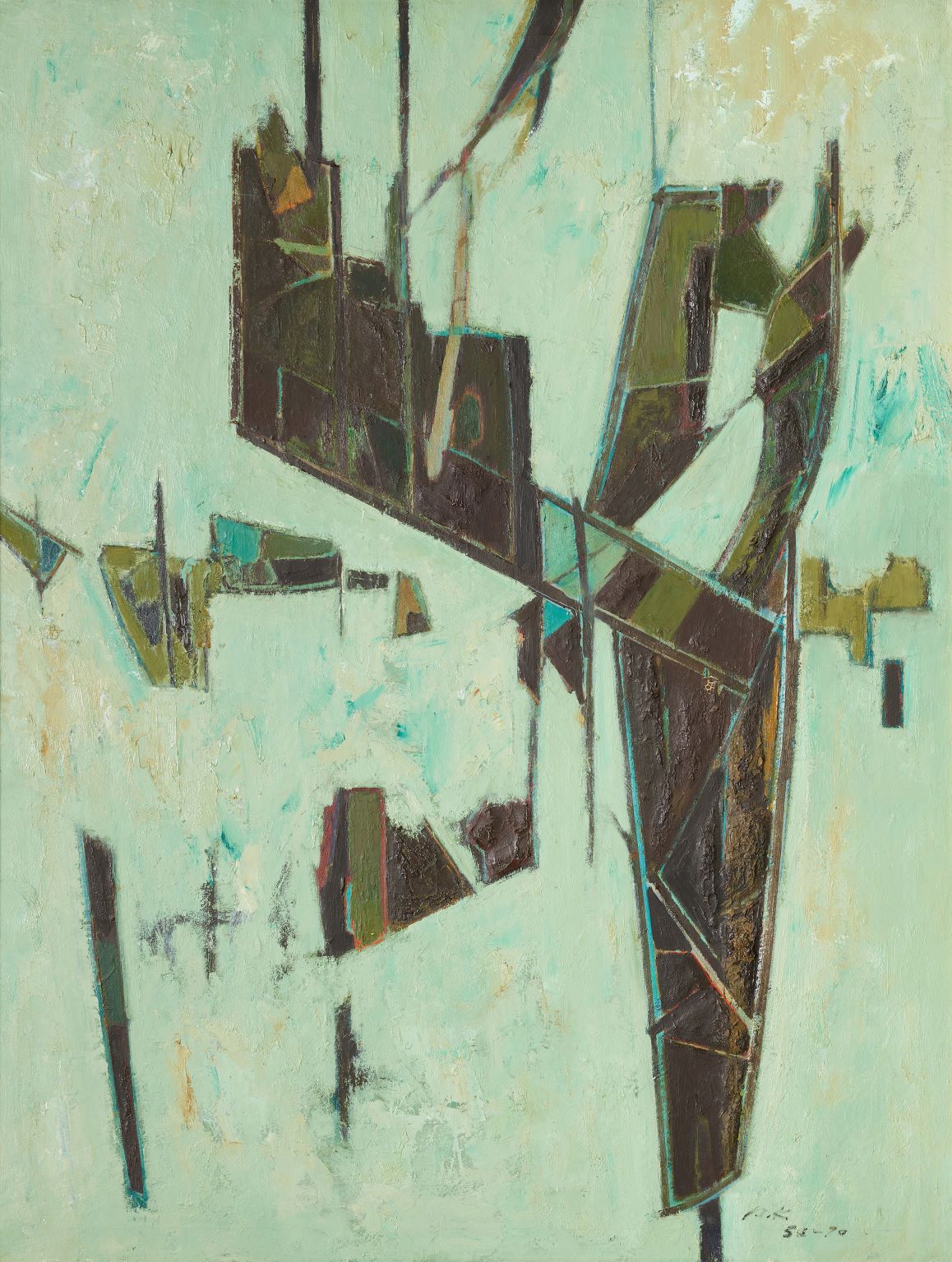
Kim Byungki
Kim Byungki (1916-2022) was one of the first-generation Korean abstract artists. He was born in Pyongyang as the second son of Kim Chanyoung, who graduated from the Tokyo School of Fine Arts. He associated with Kim Whanki at the Avant-garde Western Art Institute in Tokyo in 1933, and in 1939 he studied at the Art Department of Bunka School in Tokyo together with Lee Jungseop and Mun Haksu. After his return to Korea, he served as a secretary of the Korean Art Alliance (Joseon misul dongmaeng) in Pyongyang and then moved to Seoul in 1948. Kim Byungki established the 1950 Art Association (Osimnyeon misul hyeophoe) under the Korean Culture Research Institute in 1949 and, as its secretary-general, tried to unite established artists, but due to the outbreak of the Korean War, it never held exhibitions. During the war, he worked as a deputy director of the military painter group. In 1954, he participated in the Special Exhibition on Modern Korean Painting at the National Museum. After reading an article in The Times related to Pablo Picasso’s painting Massacre in Korea (1951), Kim published “Farewell to Picasso” in the first issue of Munhak yesul (Literature and Art) in 1954. He also devoted himself to art practice, art education, and art theory by teaching at Seoul National University, Seoul Arts High School, and the Institute of Contemporary Art and participating in the first Contemporary Art Exhibit hosted by the Chosun Ilbo newspaper company. He was commissioner of the Paris Biennale in 1961. In 1965, as the board president of Korean Fine Arts Association, he worked as commissioner and judge of the São Paulo Biennale. At the time, he moved to the U.S. and settled in Saratoga, New York, where he absorbed himself in creating artworks for twenty years until he returned home. In 1986, he held a solo exhibition at the Gana Gallery in Seoul. In 1989 he returned to the U.S. and Kim returned to South Korea permanently in 2014 for the MMCA’s exhibition Kim Byungki: The Distribution of Sensible. In 2022, he passed away at the age of 106. Among his notable works are Street Trees (1947), Still Life by Window (1954), Mountain (1967), Forest and Still Life (1987), and Winter Scene (2000).
-

1950 Art Association
An alliance of artist associations established in 1950 by representatives Kim Whanki, Nam Kwan, and Lee Qoede and secretary general Kim Byungki. Groups excluding the Great Korean Art Association [Daehan misul hyeophoe] formed the 1950s Art Association for deconstruction for the purpose of the development and promotion of national art. While differing perspectives exist on the exact mission of the association, it is often considered to have embodied the desire of these established artists to progressively develop national art, regardless of their ideological differences. The association planned an exhibition for July 1, 1950, but it failed to come to fruition because of the outbreak of the Korean War. While the association was active for a short period of time, it left behind a legacy of public education programs on art theory, through endeavors such as initiating a series of lectures on contemporary painting. The solidification of the anti-communist agenda during the war caused the majority of the members of the Korea Art Alliance to depart for North Korea, and others, with the exception of Kim Whanki and Nam Kwan, joined the Great Korean Art Association. The association is therefore seen as an independent organization that opposed the establishment authority centered on the National Art Exhibition (Gukjeon).






